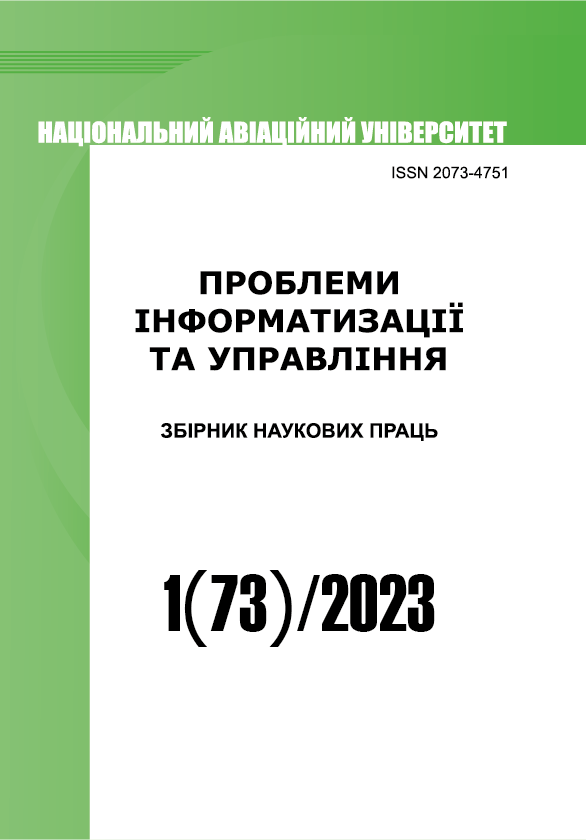A new approach to generation of mnemonic phrases based on media files
DOI:
https://doi.org/10.18372/2073-4751.73.17642Keywords:
deterministic wallet, initial phrase, mnemonic, crypto-walletAbstract
Memorable passphrases have become a popular method of protecting cryptocurrency wallets due to their ease of use and the ability to restore wallets in case of loss of physical media. However, the security of mnemonic passphrases depends on the reliability of the seed phrase and the security measures used to store and protect it. This study evaluates the security of storing memorable passphrases and assesses the risks associated with other storage methods. Disadvantages associated with various types of cryptocurrency wallets have been identified, including the potential for data leakage and hacking attacks, vulnerability to physical theft and damage. A new approach was proposed in creating and storing a memorable phrase using media files. The obtained results make it possible to conclude that the proposed approach is more secure than the existing methods of preserving the ymonic phrase.
References
Wuille, P.: BIP32: Hierarchical Deterministic Wallets, February 2012. URL: https://github.com/bitcoin/bips/blob/master/bip-0032.mediawiki.
Jasem F., Ali S., Awad A. Enhancement of digital signature algorithm in bitcoin wallet. Bulletin of Electrical Engineering and Informatics. – 2021. – Vol. 10. – P. 449-457.
Xuan G., Li X., Shi Y.-Q. Minimum entropy and histogram-pair based JPEG image reversible data hiding. Journal of information security and applications. – 2019. – Vol. 45. – P. 1-9.
Palatinus M., Rusnak P., Voisine A., Bowe S. Mnemonic code for generating deterministic keys, 2013. URL: https://github. com/bitcoin/bips/blob/master/bip-0039.
Hot and Cold Wallets. Ripple online documentation. URL: https: //ripple.com/build/gateway-guide/#hot-and-cold-wallets.
Jarecki S., Kiayias A., Krawczyk H., Xu J. Highly Efficient and Composable Password-Protected Secret Sharing (Or: How to Protect Your Bitcoin Wallet Online). 1st IEEE European Symposium on Security and Privacy, EuroS&P, 2016. URL: https://eprint.iacr.org/2016/144.
Chalkias K., Panagiotis Ch., Ji Y. Broken Proofs of Solvency in Blockchain Custodial Wallets and Exchanges. Workshop on Coordination of Decentralized Finance (CoDecFin) - FC 2022. – 2022. URL: https://eprint.iacr.org/2022/043.
Hussain, S. Hasan, T. B. Sivakumar, and Alex Khang. Cryptocurrency methodologies and techniques. The Data-Driven Blockchain Ecosystem. – CRC Press, 2022. – P. 21-29.
Suratkar S., Shirole M., Bhirud S. Cryptocurrency wallet: A review. 2020 4th international conference on computer, communication and signal processing (ICCCSP). – IEEE, 2020. – P. 1-7.
Fridrich, J., Pevný T., Kodovský J. Statistically undetectable jpeg steganography: dead ends challenges, and opportunities. Proceedings of the 9th workshop on Multimedia & security. – 2007. – 11 p.
Sudharsanan S. Shared key encryption of JPEG color images. IEEE Transactions on Consumer Electronics. – 2005. – Vol. 51. – P. 1204-1211.
Downloads
Published
Issue
Section
License
Автори, які публікуються у цьому журналі, погоджуються з наступними умовами:- Автори залишають за собою право на авторство своєї роботи та передають журналу право першої публікації цієї роботи на умовах ліцензії Creative Commons Attribution License, котра дозволяє іншим особам вільно розповсюджувати опубліковану роботу з обов'язковим посиланням на авторів оригінальної роботи та першу публікацію роботи у цьому журналі.
- Автори мають право укладати самостійні додаткові угоди щодо неексклюзивного розповсюдження роботи у тому вигляді, в якому вона була опублікована цим журналом (наприклад, розміщувати роботу в електронному сховищі установи або публікувати у складі монографії), за умови збереження посилання на першу публікацію роботи у цьому журналі.
- Політика журналу дозволяє і заохочує розміщення авторами в мережі Інтернет (наприклад, у сховищах установ або на особистих веб-сайтах) рукопису роботи, як до подання цього рукопису до редакції, так і під час його редакційного опрацювання, оскільки це сприяє виникненню продуктивної наукової дискусії та позитивно позначається на оперативності та динаміці цитування опублікованої роботи (див. The Effect of Open Access).


